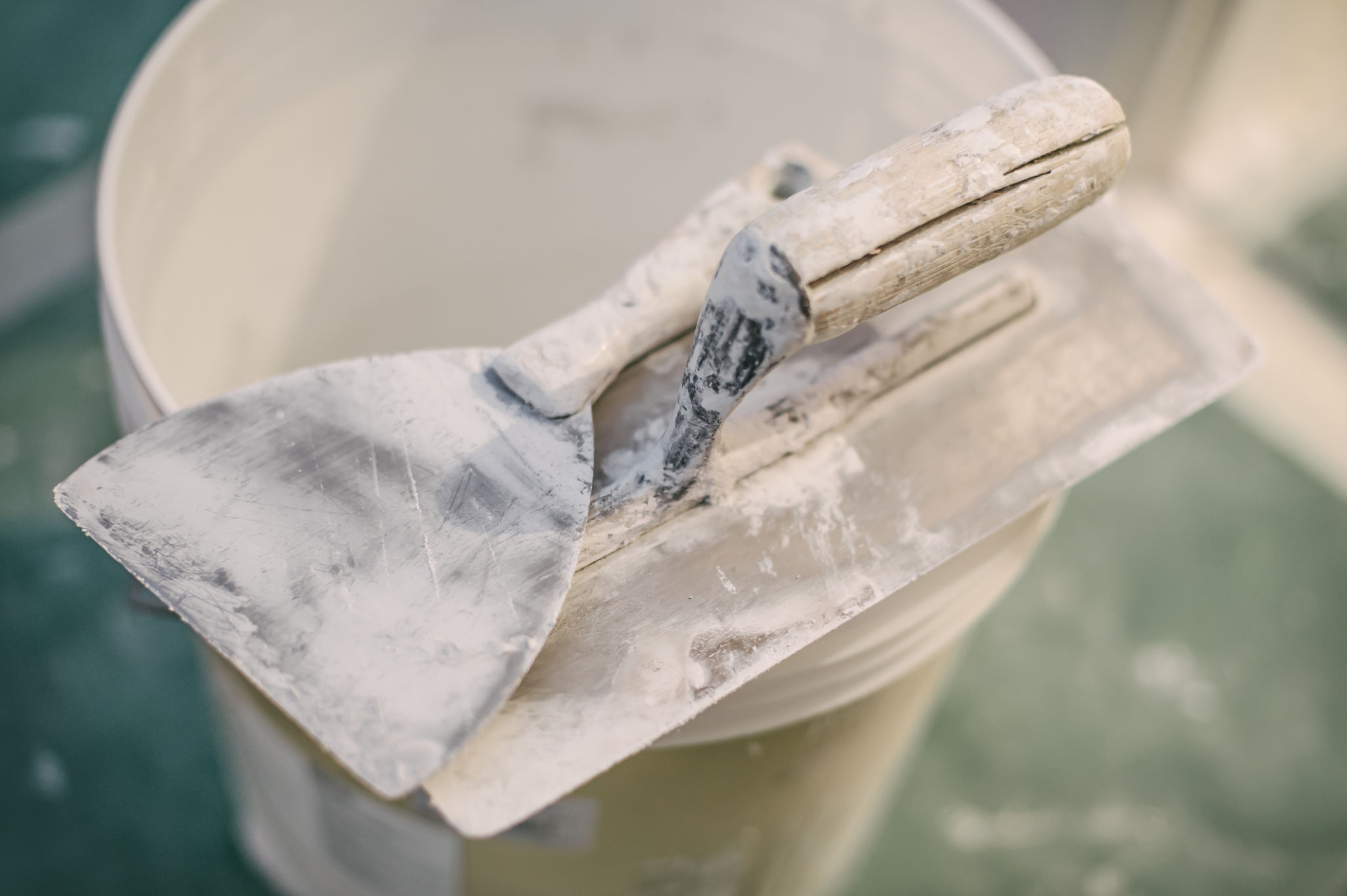Top 5 Drywall Repair Tips for Arizona Homeowners
Essential Tools for Drywall Repair
Before diving into drywall repair, it's essential to have the right tools on hand. Arizona homeowners should equip themselves with a putty knife, joint compound, sanding sponge, and drywall tape. These items are crucial for ensuring a smooth and professional-looking finish. Additionally, having a utility knife and a drywall saw can help in cutting and shaping the drywall as needed.

Preparing the Area
Proper preparation is key to successful drywall repair. Start by cleaning the area around the damage, removing any dust or loose debris. It's important to ensure the surface is dry and free of moisture, as Arizona's dry climate can sometimes lead to unexpected issues like cracking. Using a damp cloth, wipe down the area to remove any lingering dust particles.
Protect Surrounding Surfaces
Before beginning your repair work, protect the surrounding surfaces. Use painter's tape to cover baseboards and moldings, and lay down a drop cloth to catch any debris. This will save you time on cleanup and prevent accidental damage to other areas of your home.
Patch Small Holes and Cracks
For small holes and cracks, a simple patch job is often sufficient. Begin by applying a layer of joint compound over the damaged area using a putty knife. Next, place a piece of drywall tape over the compound to reinforce the repair. Smooth out any bubbles or wrinkles in the tape, then apply another thin layer of joint compound over the top.

Sanding for a Smooth Finish
The key to an unnoticeable repair is proper sanding. Once the joint compound is completely dry, use a sanding sponge to smooth the surface. Be gentle to avoid removing too much material, which could create a dip in the wall. The goal is to blend the repair seamlessly with the surrounding wall.
Tackling Large Holes
Large holes require a more involved repair process. Start by cutting a piece of drywall slightly larger than the hole. Secure it in place with drywall screws, ensuring it sits flush with the surrounding wall. Next, apply joint compound around the edges and cover with drywall tape. Finish by applying additional layers of joint compound, sanding between each layer for a smooth result.

Finishing Touches
Once your repair is complete and the surface is smooth, it's time for finishing touches. Prime the repaired area to prepare it for painting, as this will ensure consistent color and texture. Finally, apply paint to match the rest of your wall, blending carefully to avoid noticeable differences.
Preventing Future Damage
Arizona's climate can be tough on drywall due to its dry air and temperature fluctuations. However, there are steps you can take to prevent future damage. Regularly inspect your walls for signs of wear and tear, especially after seasonal changes. Address small issues promptly before they become larger problems.
Consider installing a humidifier in your home to maintain optimal indoor humidity levels, which can help prevent cracking and other moisture-related issues in your drywall.